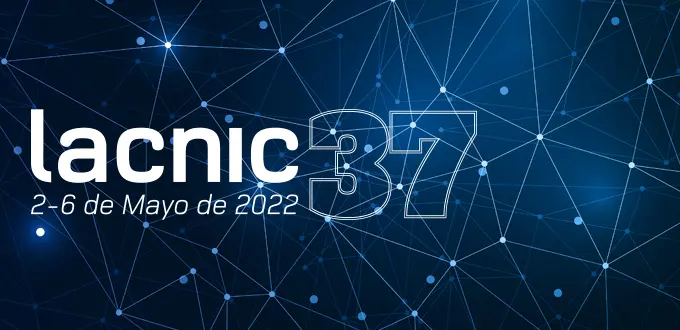Towards More Secure Interconnection and Peering
18/04/2022

The LACNIC 37 Interconnection tutorial will analyze the foundations, business relationships and technical aspects of traffic exchange, peering and CDNs.
The training will be conducted by six qualified instructors -Erika Vega, Guillermo Cicileo, Massimo Candela, Silvia Chávez, Santiago Aggio and Nicolás Antoniello- and will consist of a half-day of theory and a half-day of practice. The latter includes an online laboratory for simulations and tests.
Erika Vega emphasized that participants will be able to learn how to use tools to interconnect in a secure way. “After this training, we believe they will begin to generate and receive traffic through a more secure network, which is the objective, in addition to understanding other considerations such as the optimization of interconnections and possible cost reductions,” commented Vega.
The instructor pointed out that a key element for this training is to make the audience aware of the traffic they receive from other networks. “We have to visualize how to secure traffic when peering,” she added.
She also commented that this is achieved using digital signatures and certificates as well as RPKI. Therefore, reliable information is delivered to another network to prove the sender has the right to use those resources.
“It is an interesting tutorial for all network operators and entities that operate networks,” Vega said.
During the practical part of the tutorial, participants will be able to visualize security aspects of traffic flow, interconnection with other operators, BGP publication of IPv4 and IPv6 resources, and whether they face any type of attack in their infrastructure, including what they could do in the event of such attacks.
(Free access, no subscription required)
Learn more about the activity and register to participate here.